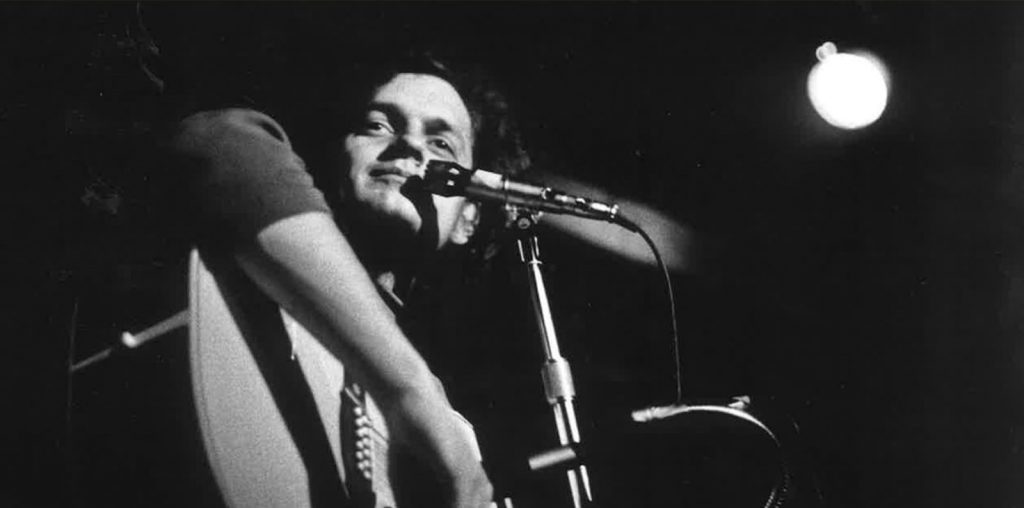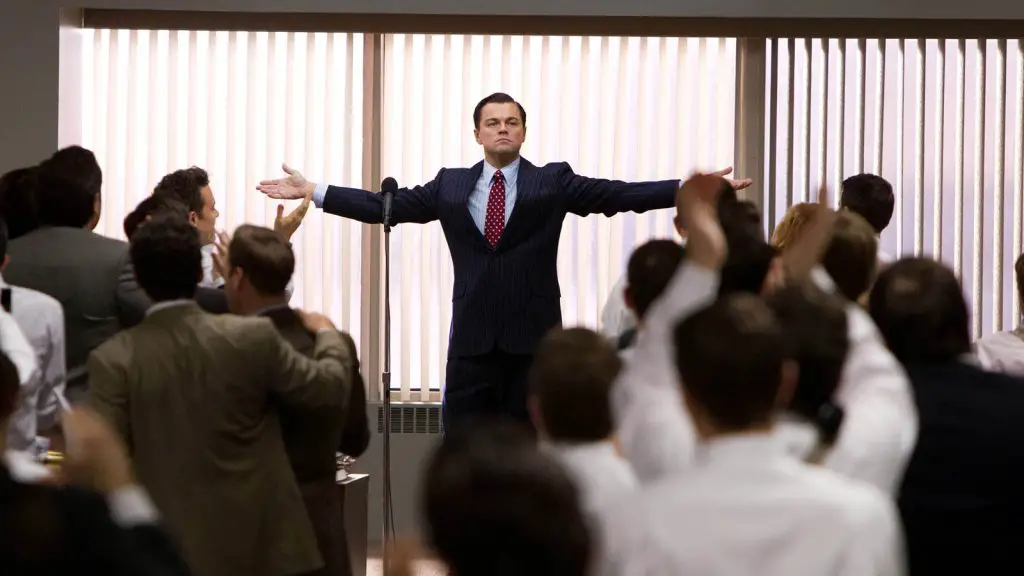
BOOTLEG FILES 329: “Go Ask Alice” (1973 made-for-TV film starring William Shatner and Andy Griffith).
LAST SEEN: We cannot confirm the last public screening of this film.
AMERICAN HOME VIDEO: It has been offered on VHS and DVD, but there is something fishy about those releases.
REASON FOR BOOTLEG STATUS: Uncertain, although music clearance rights may be a problem.
CHANCES OF SEEING A COMMERCIAL DVD RELEASE: Oh, Lord, hopefully not!
In 1971, a highly peculiar book called “Go Ask Alice” turned up on the publishing scene. Its authorship was attributed to “Anonymous,” and the book was presented as the diary of a 15-year-old white suburban girl whose life was fatally wrecked by drug addiction. After the giddy drug culture excesses of the late 1960s, the book offered a sobering reminder of the downside to narcotic indulgence. For many years, “Go Ask Alice” was required reading for impressionable American teenagers and pre-teens.
The commercial success of the book and its deliciously exploitation-friendly subject matter ensured that a film version would occur. But in a disastrous decision, “Go Ask Alice” was not aimed at the big screen, where the salacious aspects of the book could be mined vigorously. Instead, it was pointed to ABC-TV as a family friendly, prime time production. As a result, the film version of “Go Ask Alice” comes across as one of the most confusing and unsatisfactory anti-drug films ever made.
In the book, the doomed young diarist never identifies herself by name. “Go Ask Alice” gets its title from Jefferson Airplane’s Lewis Carroll-inspired song “White Rabbit”; there is an Alice in the book, but she is briefly mentioned in a single sentence. For the film, however, it was decided that the diarist would become Alice – which sort of makes sense, since you can’t have a film where everyone yells “Hey, you!” at an unnamed central character.
Alice and her family move to a new town, where her father has landed a job as a college professor. But besides the angst of moving, Alice finds herself at constant odds with her nagging mother (Julie Adams, the one-time star of “The Creature of the Black Lagoon”) and distant father (William Shatner, channeling his inner Groucho with dark-rimmed eyeglasses and a bushy mustache).
Alice is upset over starting fresh at the local school, and she whines that she is too fat and not well dressed. However, Alice is played by the gorgeous blonde starlet Jamie Smith-Jackson, and her babbling about not being attractive is so bizarre that it calls to mind the fat jokes lobbed at Anne Hathaway in “The Devil Wears Prada.”
Feeling like a misfit, Alice naturally bonds with another misfit – a studious girl with ridiculously oversized eyeglasses. (In the book, this outcast gal is Jewish; in the film, there is no mention of religion.) However, Alice quickly casts aside this new pal in favor of hanging with a bunch of hunky hippies, including a then-unknown Robert Carradine. In no time, she is hooked on a variety of drugs.
After a brief gig as a pusher, Alice and another hot blonde gal named Chris steal $200 from their druggie boyfriends and take a Greyhound bus to California. (I’m sure the Greyhound executives appreciated having their fleet publicized in this film.) But California isn’t all sunshine and happiness – Chris abruptly vanishes, leaving Alice to pull food out of garbage cans and to deal with such unlikely intrusions including Mackenzie Phillips as a weird runaway and Andy Griffith as a priest.
Alice returns home and goes back to school. However, she becomes something of a pariah. The clean kids think she is a druggie and want nothing to do with her – except for a dork played by Charles Martin Smith, who asks to buy drugs. The potheads, though, believe she is a fink for abandoning their narcotized orbit. In fact, the word “fink” is sprayed on her locker. Alice tries to stay busy as a babysitter, but one night she is working for a family that inexplicably put LSD in their soft drinks. Alice sinks out of camera range after a few sips and a half-hearted scream, only to reappear in a hospital where her hands and head are heavily bandaged. In this unlikely setting, Alice tries to make sense of what happened – while trying not to notice the shadow of a boom microphone across the wall of her room or the John Waters-worthy make-up favored by her shrill new psychiatrist (played by old-time star Ruth Roman).
But it appears that good luck is finally coming Alice’s way. Her father’s teaching assistant falls in love with her, much to the delight of her parents – who see no problems with having their under-aged teen daughter being romanced by an adult. Alice’s new boyfriend drives her to school in his flashy convertible, and she goes into the new term full of hope and determination. However, in a grim post-script, we’re told that Alice dies of an overdose three weeks later. Uh oh.
“Go Ask Alice” runs a brisk 72 minutes, and the accommodation of that tight running time required a machete attack on the book’s depth. Important characters and sequences that contributed to the diarist’s downward spiral were chopped out of the film, creating an absurdly sketchy melodrama where incidents and characterizations make absolutely no sense in the rush to tell a lurid story. The censorship requirements of 1973 network television further bowdlerized the material. Graphic sexual abuse is cited in the book, but it is only vaguely hinted about in the film. As a result, “Go Ask Alice” comes across like a disco-era “Reefer Madness” rather than a serious look at the physical and psychological damages created by drug addiction.
The film made zero impact with TV audiences, although it managed to snag an Emmy Award nomination for its screenplay. The film resurfaced in 2000 on a questionable VHS release that devoted its entire cover to Andy Griffith. It came back in a 2006 DVD release from a public domain label that featured a hodgepodge artsy cover with crumpled currency, various narcotics and a diary. In both cases, the quality of print is conspicuously atrocious.
In the years since its publication, the source material of “Go Ask Alice” has been exposed as a literary fraud. There was no 15-year-old diarist who died of a drug overdose – the “real diary” (as it was marketed) was a work of fiction created by a number of adults.
As for the film, a serious commercial release won’t take place until music clearance rights are settled. The film’s soundtrack has second-rate covers of first-rate tunes, including “White Rabbit,” “Good Vibrations” and “An Old-Fashioned Love Song.” The cost of clearing those songs for an official home entertainment release is an investment that few labels are willing to make. But maybe that’s just as well – someone should go ask Alice to give us a better movie.
IMPORTANT NOTICE: The unauthorized duplication and distribution of copyright-protected material, either for crass commercial purposes or profit-free s***s and giggles, is not something that the entertainment industry appreciates. On occasion, law enforcement personnel boost their arrest quotas by collaring cheery cinephiles engaged in such activities. So if you are going to copy and distribute bootleg videos and DVDs, a word to the wise: don’t get caught. Oddly, the purchase and ownership of bootleg videos is perfectly legal. Go figure!



When I was in junior high (’77-79) this book was still a hot property and reading it was something of a rite of passage, partly because the school library didn’t have a copy of it and you had to get a copy from someone else (apparently the concept of a book store was foreign to us, too).
I’d like to see even this butchered version, the book was quite lurid. It reminds me a little of the anti-drug short with Martin Millner “Narcotics: Pit of Despair” — flailing high school student fails at homework, sports and before long drinking beer becomes smoking pot and then the awful needle full of H.
My mother watched this in ’73, and after “Alice”‘s death was announced, Mom said:”I BET A DRUG DEALER KILLED HER”!!!
Just ordered this movie from Amazon. My wife saw it 30 years agoand I can`t wait to see what she thinks about it now.I bet it`s pretty cheesyafter all the years.
Among other horrors, I could never understand why the director used a 25 year old actress to play a 14 year old.
i am 39 y/o i read go ask alice in the 4th grade and it blew me away!!! i recently reread it and it’s still shocking, but a real great read.
This was hardly a surprise. ABC’s commitment to making “educational and informative” programming in the 70’s and 80’s included the ABC After School Specials (commonly known among the affiliates as A*S). A very few of these had some value, like the serious explanations of sex and childbirth. Most were turgid moral lessons of the sort that right-wing churches would make into moral, God-fearing productions.
It wouldn’t be a surprise if the A*S crew was involved in this movie. It would be used as an example of ABC’s “public service” whenever Congresscreatures would start complaining about sex and violence on television.
Oh, one correction. The movie’s title was Creature FROM The Black Lagoon, not OF.
I interview a young man who has used Heroin most of his life he recently relapsed after eleven month’s clean time this video is quite graphic
The Harsh Reality of Drug Addiction
http://www.youtube.com/watch?v=OuNWCPDrJsM
Next we have a woman named Lisa she has been on all the current Harm reduction program’s available in Vancouver’s Downtown eastside
this is a sad sad story this poor woman only has her addiction to look forward to in her life
http://www.youtube.com/watch?v=OuNWCPDrJsM
Last but not least we interviewed more woman who talk about the pro’s and con’s of Heroin vs. Methadone
http://www.youtube.com/watch?v=Wb7mAvgPz_4
You be the judge the whole reason for these videos is to bring some truth out about the addiction support services that are in use here in Vancouver. My research has been on a personal level for over twenty five years in addiction as well as these and many more video interviews. Thank you recovered addict